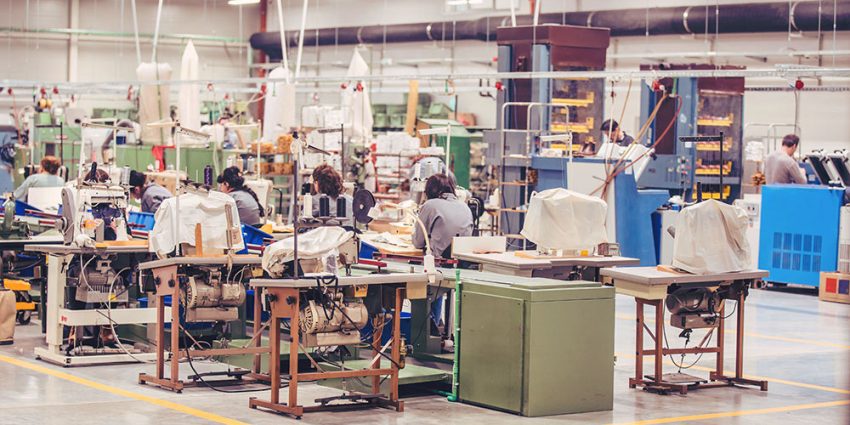When it comes to industrial operations, tools are the unsung heroes. They take a beating day in and day out, and their longevity is crucial for maintaining productivity and controlling costs. But what exactly affects how long these tools last? Let’s explore the key factors that influence tool longevity and how you can manage wear and tear to get the most out of your equipment.
Understanding Tool Longevity
Tool longevity refers to how long a tool can perform its intended function effectively before it needs to be replaced. In the industrial sector, this is a critical factor because the longer a tool lasts, the more value it provides. A tool that lasts longer not only reduces the frequency of replacements but also minimizes downtime and increases operational efficiency.
Why does tool longevity matter so much? Well, think of it this way: every time a tool fails, operations can grind to a halt, leading to costly delays. Plus, replacing tools frequently can quickly add up, impacting your bottom line. By understanding and improving tool longevity, businesses can enhance productivity, reduce costs, and ensure smoother operations.
Key Factors Affecting Tool Longevity
Material Quality
One of the primary factors influencing tool longevity is the quality of materials used in their construction. High-quality materials, such as premium-grade steel and advanced alloys, offer superior durability and wear resistance. These materials are designed to withstand the rigors of industrial use, making them essential for long-lasting tools.
Different materials have varying properties that impact their performance. For instance, certain alloys are specifically engineered to resist corrosion, while others are designed to endure high temperatures. Choosing the right material for the specific application is crucial to extending tool life.
Design and Engineering
Tool design and engineering play significant roles in determining longevity. Well-designed tools that consider factors like geometry, weight distribution, and ergonomics tend to last longer and perform better.
The design of a tool affects how it handles stress and wear. Tools with optimal geometry and ergonomic features reduce user fatigue and distribute forces more evenly, which helps in prolonging their life.
Advancements in engineering have led to the development of tools that are more robust and reliable. Innovations such as improved heat treatments, precision machining, and advanced coatings enhance tool durability and resistance to wear.
Manufacturing Processes
The manufacturing process itself can greatly impact tool longevity. Precision in manufacturing ensures that tools meet exact specifications, which is critical for their performance and lifespan.
Tools manufactured with high precision and tight tolerances tend to last longer. Any deviations in dimensions can lead to premature wear and reduced effectiveness.
Rigorous quality control measures during manufacturing help in producing tools that are consistent and reliable. Ensuring each tool meets high standards before it leaves the factory floor is key to its longevity.
Usage and Maintenance
How tools are used and maintained significantly affects their lifespan. Proper usage techniques and regular maintenance routines are essential for prolonging tool life.
Using tools correctly according to their intended purpose can prevent unnecessary wear and tear. Overloading or misusing tools can lead to damage and reduce their lifespan.
Regular maintenance, such as cleaning, lubrication, and inspections, can catch issues early and prevent them from escalating. A well-maintained tool is more likely to perform better and last longer.
Common Issues Leading to Wear and Tear
- Overusing tools beyond their capacity or using them for unintended purposes can lead to excessive wear and damage. It’s important to match the tool to the task to avoid these issues.
- Neglecting regular maintenance can have severe consequences. Common signs of wear, such as dull edges or cracks, indicate that a tool needs attention. Ignoring these signs can lead to complete failure.
- Using tools made from low-quality materials can result in poor performance and a shorter lifespan. Investing in high-quality tools is essential for long-term productivity.
Strategies to Extend Tool Longevity
Proper training on how to use tools correctly can prevent misuse and extend their life. Providing guidelines and conducting regular training sessions can ensure that everyone uses tools properly.
Implementing a routine maintenance plan, including regular inspections and preventive care, can keep tools in optimal condition. Identifying wear early and performing necessary maintenance can prevent bigger issues down the line.
Knowing when to upgrade or replace tools is crucial. Signs such as reduced performance or visible damage indicate it’s time for a change. Planning for timely upgrades can prevent unexpected breakdowns.
Future Trends in Tool Longevity
Emerging technologies like smart tools and the Internet of Things (IoT) are revolutionizing tool maintenance. These innovations enable real-time monitoring and predictive maintenance, further extending tool life.
Advances in materials science and design are leading to tools that are more durable and resistant to wear. These innovations promise even longer-lasting tools in the future.
Conclusion
Understanding the factors that affect tool longevity—such as material quality, design, manufacturing processes, usage, and maintenance—is crucial for maximizing tool lifespan. By addressing these factors, businesses can enhance productivity, reduce costs, and ensure smoother operations. Staying informed about best practices and innovations in tool maintenance can lead to significant benefits.

